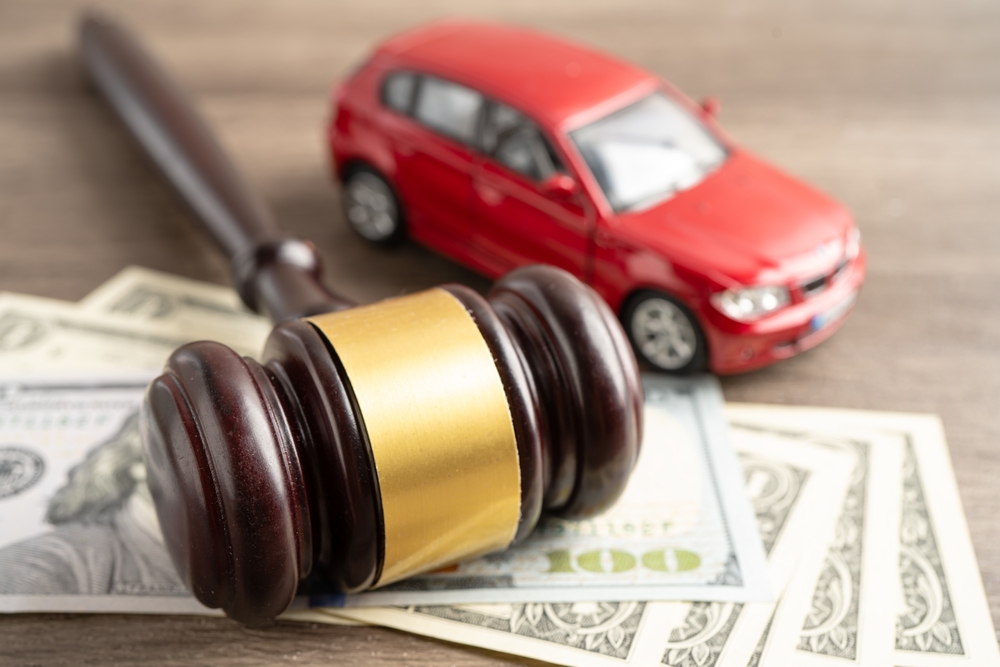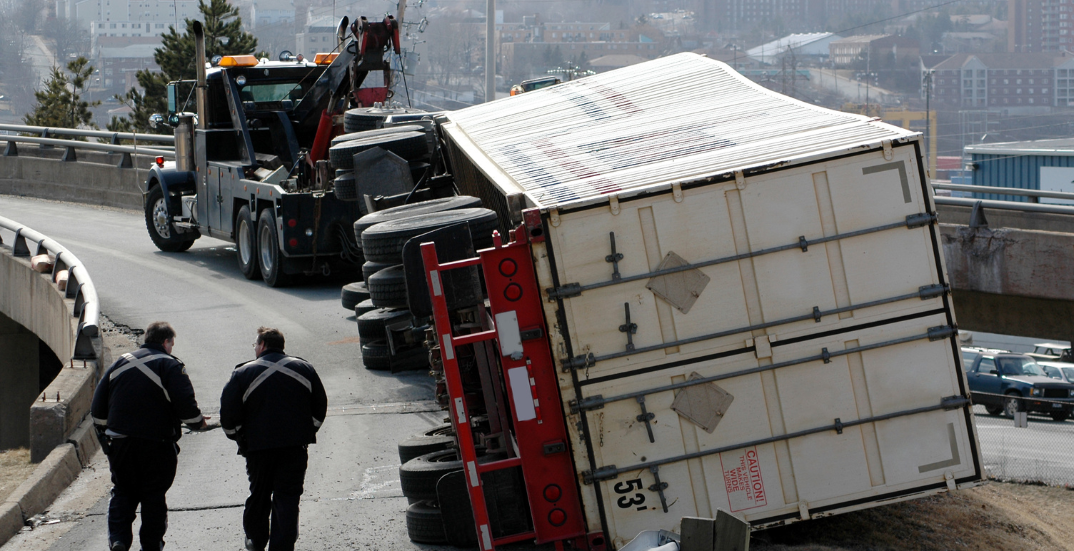
T-bone accidents often result in significant injuries for those involved. These accidents occur in a wide variety of ways throughout the state of West Virginia, often due to the careless or negligent actions of other drivers on the roadway. It is crucial to determine liability in these situations so that crash victims can recover compensation from at-fault parties.
Fault is Not Always Clear in a T-Bone Accident in West Virginia
As with most other vehicle accidents, liability for a T-bone collision can be difficult to determine.Fault in these instances will depend on the scenario of each particular T-bone crash. For example, as we go through some of the most common T-bone accident crash scenarios, you will see that fault may not necessarily be clear:
- We could have a driver who needs to turn left at an intersection begin their turn into oncoming traffic that already has the right of way. If a driver needing to turn has not timed but the turn correctly, this could lead to them being T-boned by the right of way traffic.
- A driver could run a stoplight or stop sign without stopping or coming to a complete stop, which would significantly increase the chance that they would drive right into the path of oncoming traffic (perpendicular T-bone collision).
It is not uncommon for T-bone collisions to occur when a person is pulling out of a parking lot, an alleyway, or a driveway and into the path of vehicles which already have the right of way on the road.
There are certainly more T-bone collision scenarios that occur, but there are some similarities among these incidents. They are usually caused by one driver failing to yield the right of way to other traffic on the roadway.
There are many other contributing factors that could go into a T-bone collision. Even if one driver fails to yield the right of way, other drivers could be partially at fault for the crash. For instance, if one or both drivers on the roadway are impaired by alcohol or drugs, operating while fatigued, or distracted by their phones or something else in the car, these could all be contributing factors to a T-bone collision that would not have occurred otherwise.
Fault-Based Systems and Partial Liability
In the state of West Virginia, we operate on a fault-based system. This means that the at-fault party for a crash is the one to pay compensation to crash victims for medical bills and property damage expenses.
This state also operates under a comparative negligence law, which means that individuals could receive reduced compensation based on their percentage of fault. If a person is partially responsible for a crash, they can still receive compensation, so long as they are not more than 50% responsible for the incident. However, the total amount of compensation they receive will be reduced if they shared fault. For example, if an individual sustains $10,000 worth of medical expenses in a T-bone collision, but it is determined that they were 10% responsible for the incident, then they would receive $9,000 instead of the full $10,000. To learn more about t-bone accidents and what damages you may be able to recover, contact a Martinsburg accident attorney.




